Abstract: An overview of the radio observations during February 2023 is given.
The graphs show both the daily totals (Figure 1) and the hourly numbers (Figure 2) of “all” reflections counted automatically, and of manually counted “overdense” reflections, overdense reflections longer than 10 seconds and longer than 1 minute, as observed here at Kampenhout (BE) on the frequency of our VVS-beacon (49.99 MHz) during the month of February 2023.
The hourly numbers, for echoes shorter than 1 minute, are weighted averages derived from:

No lightning activity was observed and local interference and unidentified noise remained low during this month, with however almost every day weak to very strong brief periods of solar noise (Figures 3 and 4), which are of course very interesting as such.
During this month there were, as expected, no strong or eye-catching meteor showers, but closer examination of the data – in particular the overdense – reveals a number of weak showers.
Over the entire month, 6 reflections longer than 1 minute were observed here. A selection of long reflections is shown in Figures 5 to 14.
.
In addition to the usual graphs, you will also find the raw counts in cvs-format from which the graphs are derived. The table contains the following columns: day of the month, hour of the day, day + decimals, solar longitude (epoch J2000), counts of “all” reflections, overdense reflections, reflections longer than 10 seconds and reflections longer than 1 minute, the numbers being the observed reflections of the past hour.
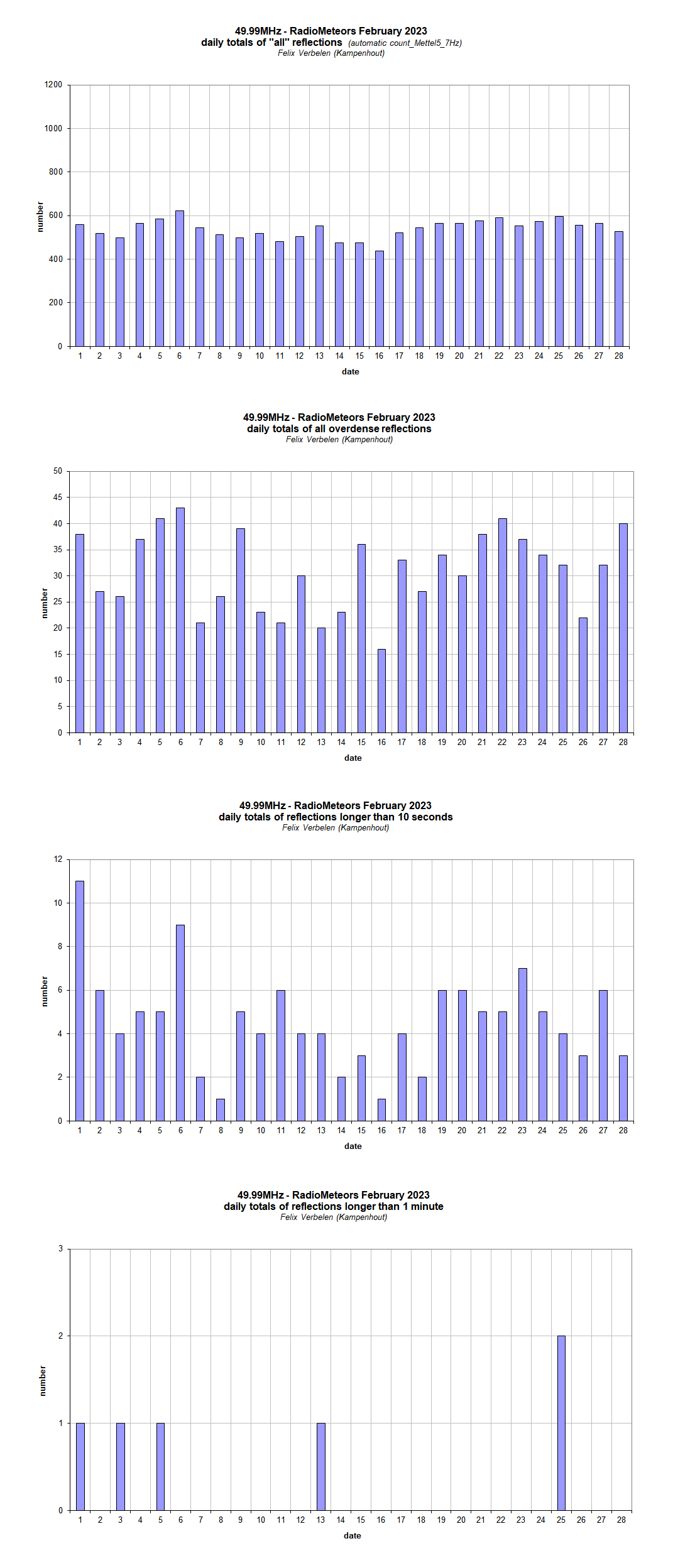
Figure 1 – The daily totals of “all” reflections counted automatically, and of manually counted “overdense” reflections, as observed here at Kampenhout (BE) on the frequency of our VVS-beacon (49.99 MHz) during February 2023.
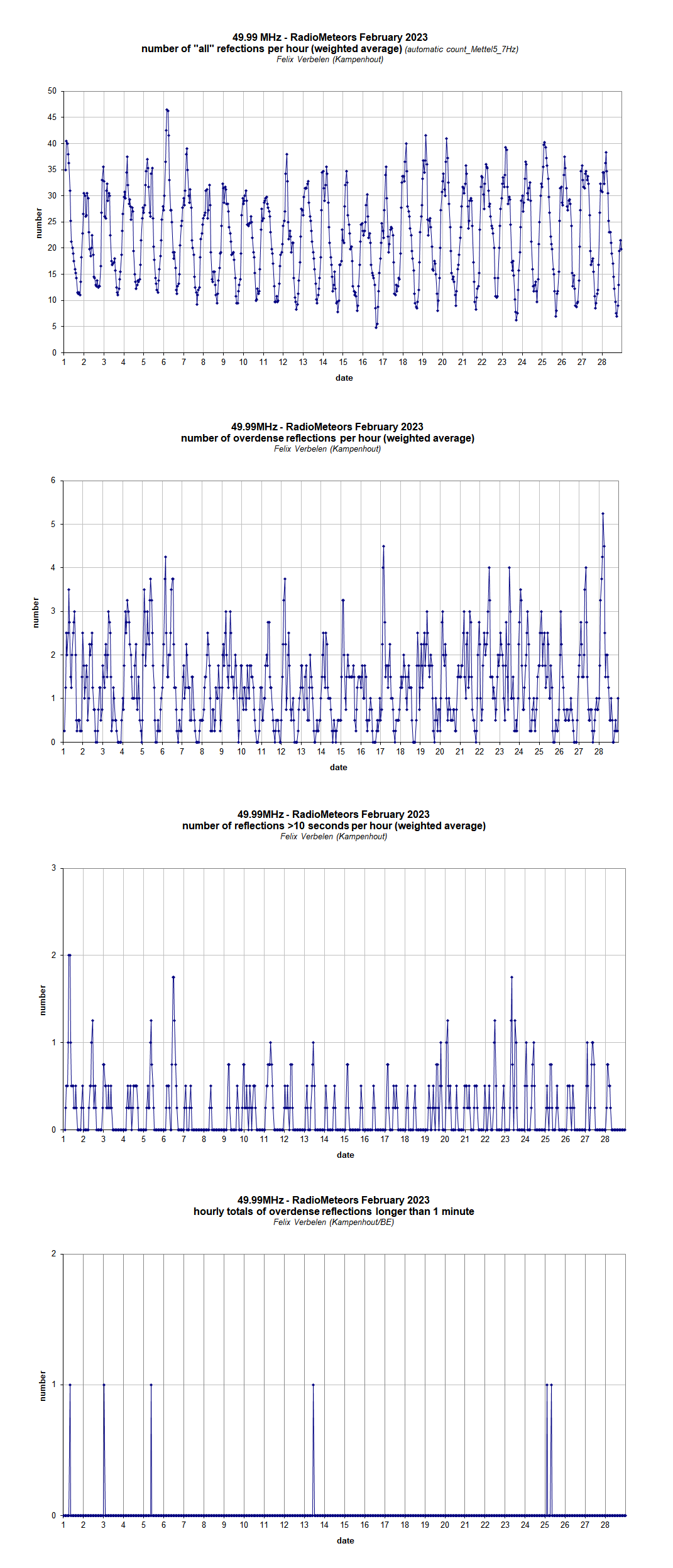
Figure 2 – The hourly numbers of “all” reflections counted automatically, and of manually counted “overdense” reflections, overdense reflections longer than 10 seconds and longer than 1 minute, as observed here at Kampenhout (BE) on the frequency of our VVS-beacon (49.99 MHz) during February 2023.
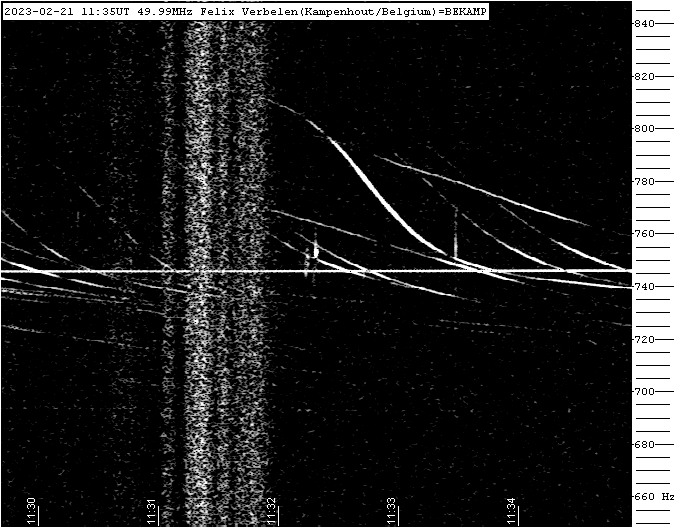
Figure 3 – Strong brief period of solar noise 21 February.
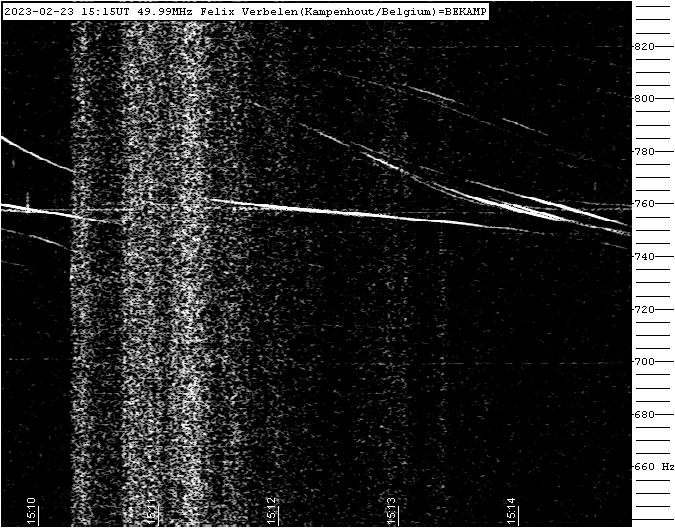
Figure 4 – Strong brief period of solar noise 23 February.
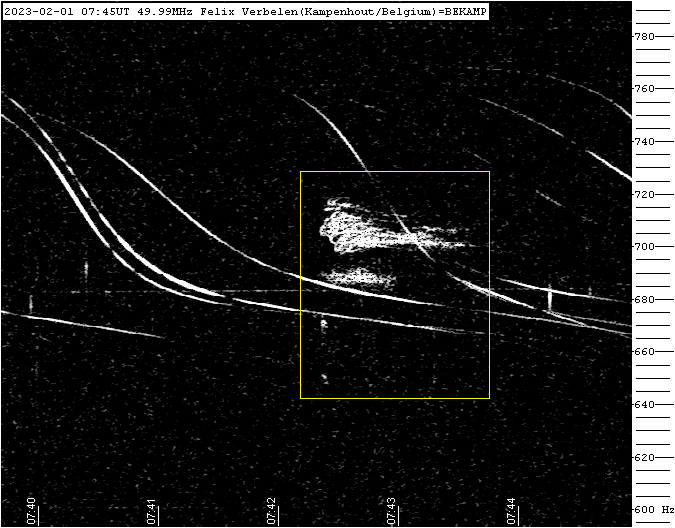
Figure 5 – Meteor echo 1 February 2023, 7h45m UT.
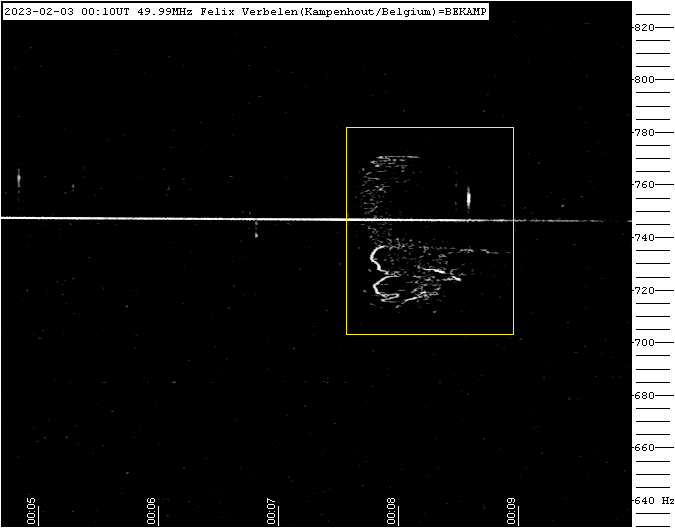
Figure 6 – Meteor echo 3 February 2023, 0h10m UT.
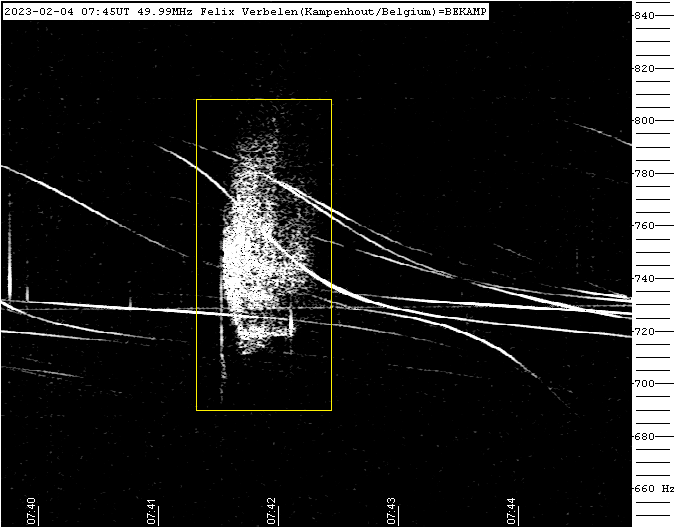
Figure 7 – Meteor echo 4 February 2023, 7h45m UT.
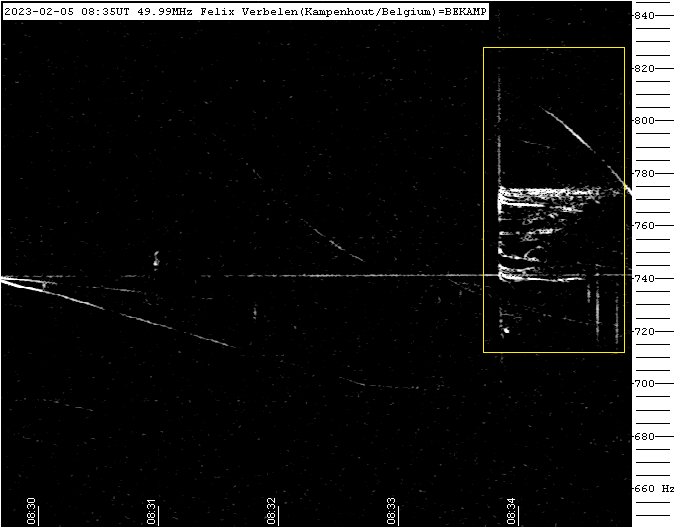
Figure 8 – Meteor echo 5 February 2023, 8h35m UT.
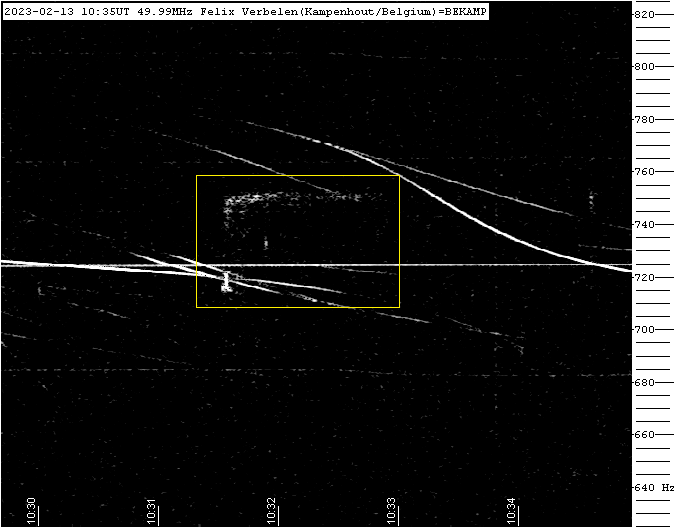
Figure 9 – Meteor echo 13 February 2023, 10h35m UT.
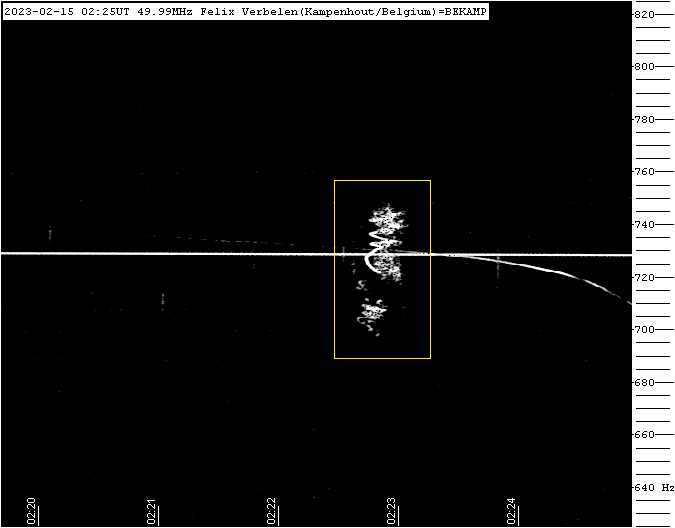
Figure 10 – Meteor echo 15 February 2023, 2h25m UT.
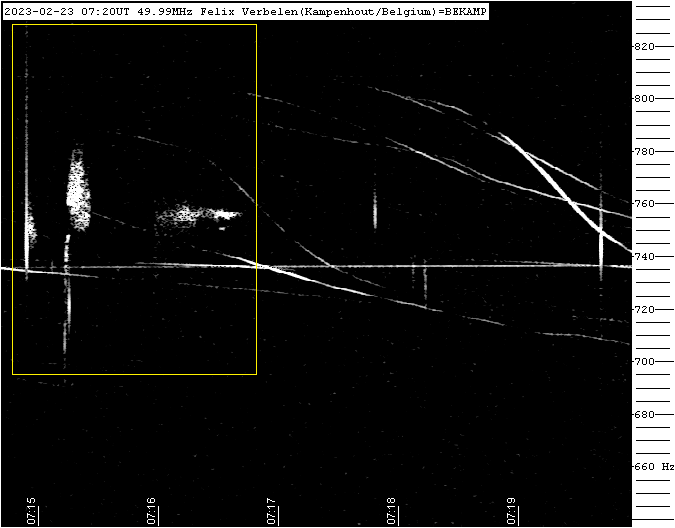
Figure 11 – Meteor echo 23 February 2023, 7h20m UT.
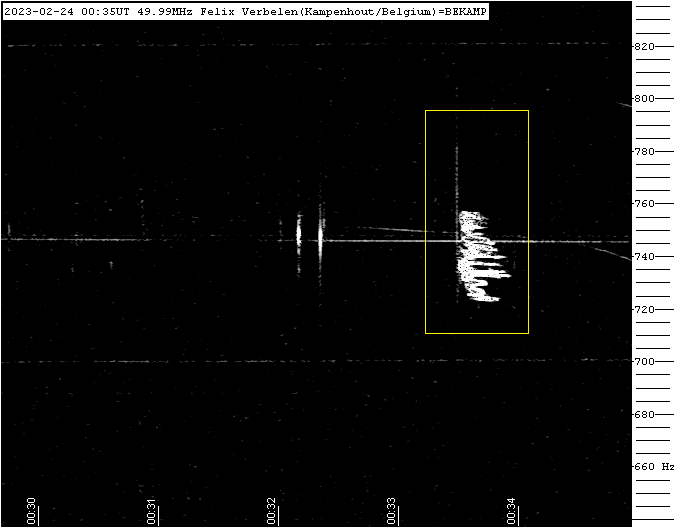
Figure 12 – Meteor echo 24 February 2023, 0h35m UT.
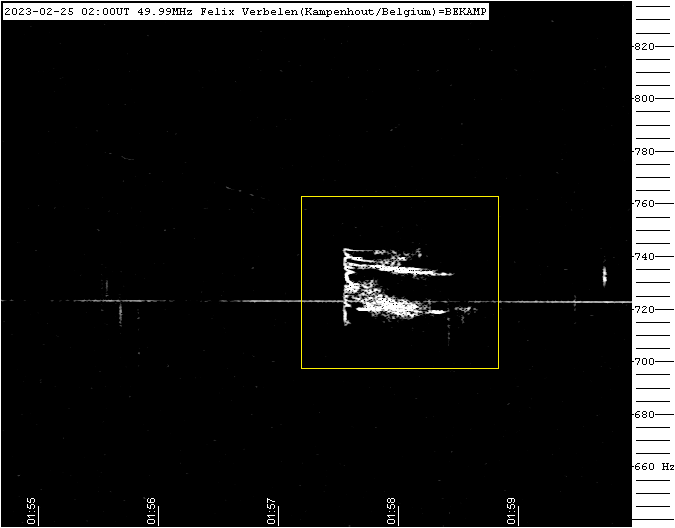
Figure 13 – Meteor echo 25 February 2023, 2h00m UT.
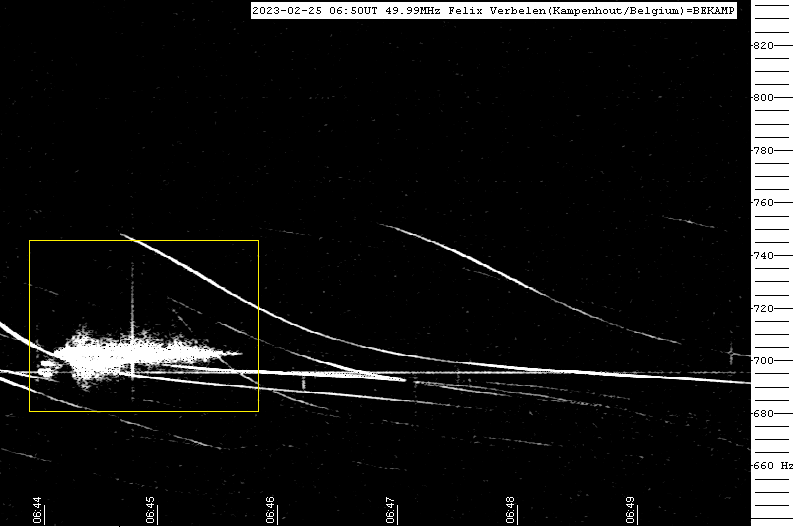
Figure 14 – Meteor echo 25 February 2023, 6h50m UT.





